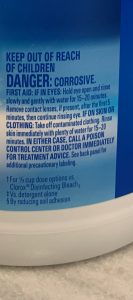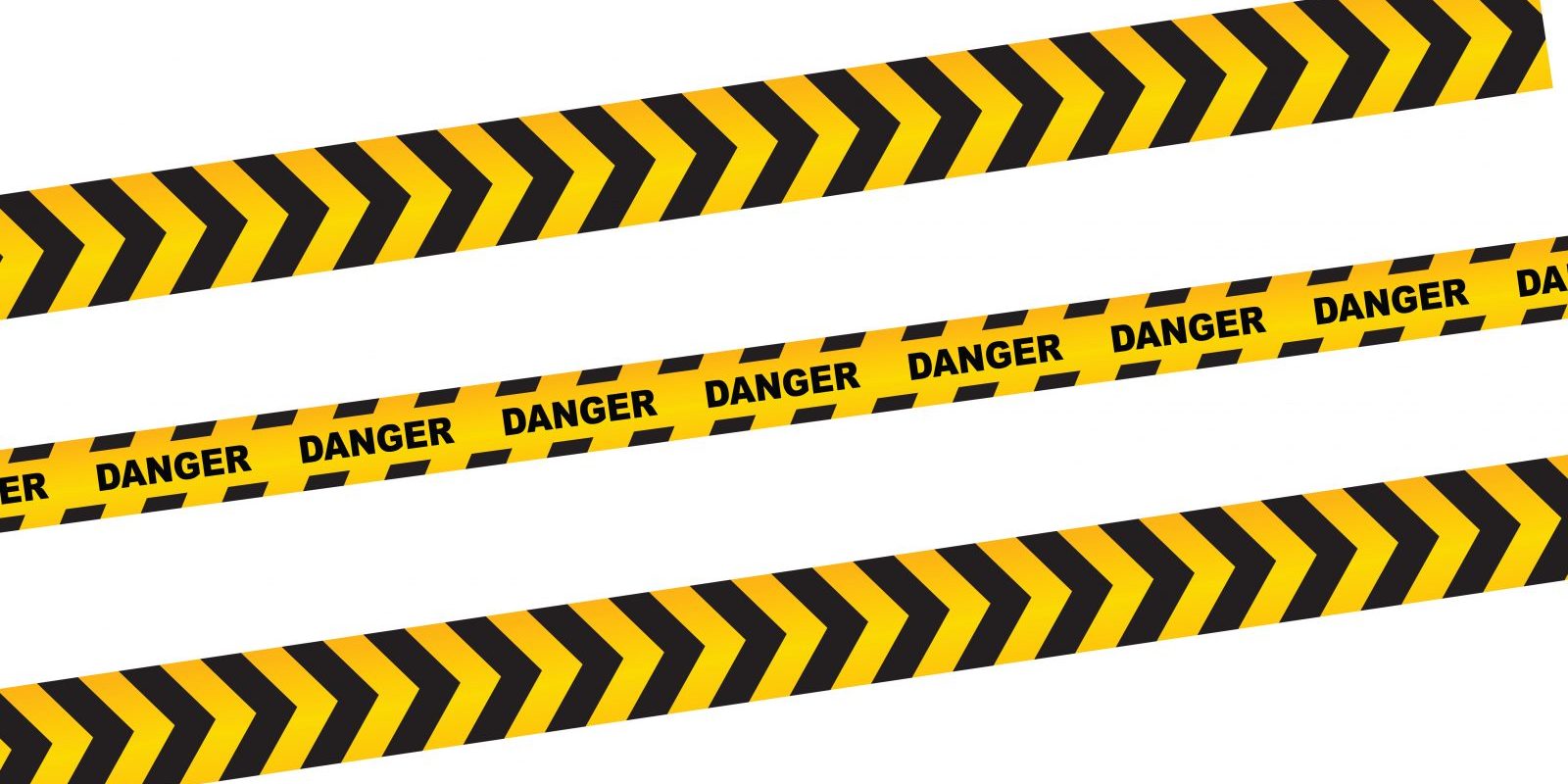 By Autumn Ryan, Founder and CEO of The SoRite Company
By Autumn Ryan, Founder and CEO of The SoRite Company
If there is a DANGER, POISION or HAZARD warning on the label, why would you want that cleaning product on your shelf?
I’m a janitor with a degree in advertising. I understand how chemicals work to clean and disinfect, and I understand how advertising and marketing copywriters work to spin a product’s benefits. But there’s one thing ad agencies can’t hide or ignore and that is the Environmental Protection Agency (EPA) labeling instructions.
Hazard Warning
The EPA regulates disinfectant labeling and requires certain Physical or Chemical Hazard warning statements on the front of the package.
In addition to Flammability and Pressurization warnings, Shock Hazard warning, Fumigant, Mixing and Fire Retardant warnings, chemicals that demonstrate hazards of a Physical or Chemical nature must be included on the label. Such statements may address hazards of oxidizing or reducing capability, reactivity, or corrosivity.
Here is an example from a bottle of household bleach: DANGER: CORROSIVE. On the EPA Toxicity Chart (which categorizes disinfectants from 1—highly toxic—to 4, the same as water) bleach is a Category 1. It is especially dangerous to get in your eyes or on your skin or breathe vapors for an extended period of time.

Plant Based
A colleague was describing a situation recently that I have experienced all too often in the cleaning business.
He was working for a client whose housekeeper swears by an odor eliminator for pet urine on carpet which has the scent of eucalyptus. The label leads you to believe that the product is made with a garden plant. But a closer look reveals the truth. It is made from a chemical with added fragrance. The EPA requires the product to be labelled: DANGER – Hazards to Humans and Domestic Animals.
My friend asked his customer why in the world she wanted to have a product in her home labeled as a danger to humans and domestic animals, and she was astonished. She had never read the label.
Master Label
Anyone can review a product’s master label. Simply use your web browser to search (Specific Name of Product) EPA Master Label and click on the link. The link reads “US EPA, Pesticides, Label, (Name of Product).” You can also search for a master label using the product’s EPA Reg. No. which you can find printed on the product’s packaging label. Search (EPA Registration Number) Master Label.
Why Pesticides?
Why are disinfectants categorized by the EPA as pesticides?
According to the EPA.gov website regarding pesticide registration “Antimicrobial pesticides are substances or mixtures of substances used to destroy or suppress the growth of harmful microorganisms such as bacteria, viruses, or fungi on inanimate objects and surfaces.” In other words, just as Raid kills insects, disinfectants kill viruses, bacteria and certain types of mold, yeast, mushrooms and toadstools.
Learn from Labels
What can you learn by reading a product’s master label?
A master label contains all of the approved uses for a given pesticide product and all associated labeling. Master labels must be submitted for EPA approval as well as accompanying tests performed by accredited EPA labs to substantiate all claims. Approved master labels are stamped “ACCEPTED” and placed in the official record. Labeling for a given product must not contain any text beyond that which is approved in the master label.
Why go to all the trouble of reading a product’s master label?
Most people check master labels when concerned about health risks or specific use. Master labels are submitted as a searchable pdf on 8.5 x 11 inch pages and often much easier to read than the fine print on the bottle. Also if you have a dispute or concern with a product the master label provides the information you need.











1 Comment